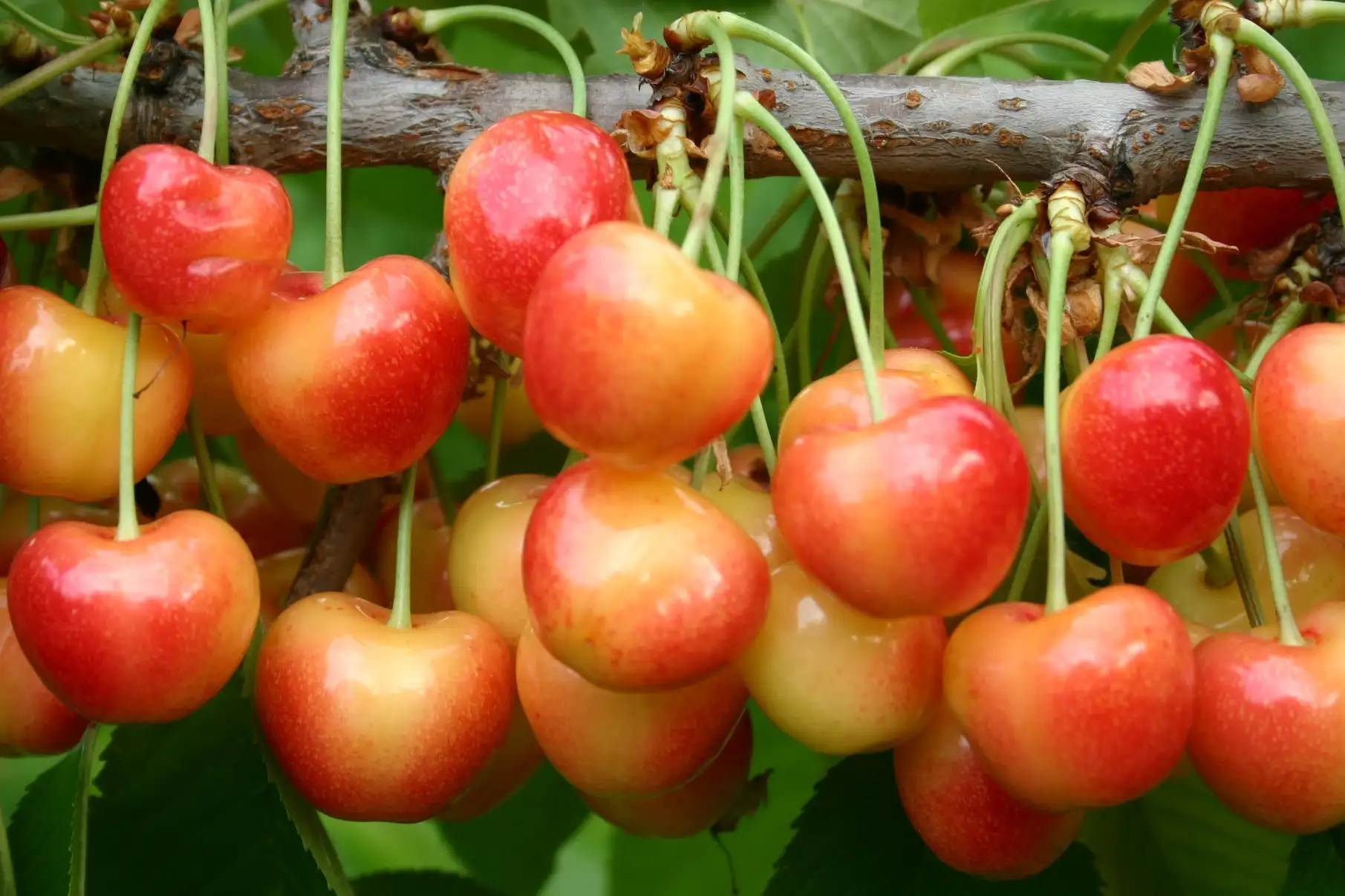The current production area includes the entire territory of the municipalities of Casciana Terme Lari, Terricciola and Crespina Lorenzana in the Province of Pisa, Region of Tuscany (total surface area: 171,111 km2 ); the area has always been a land dedicated to the cultivation of cherries, since the 18th century in the market under the Loggias of Lari, one of the largest and most prestigious in the province until the 1950s.
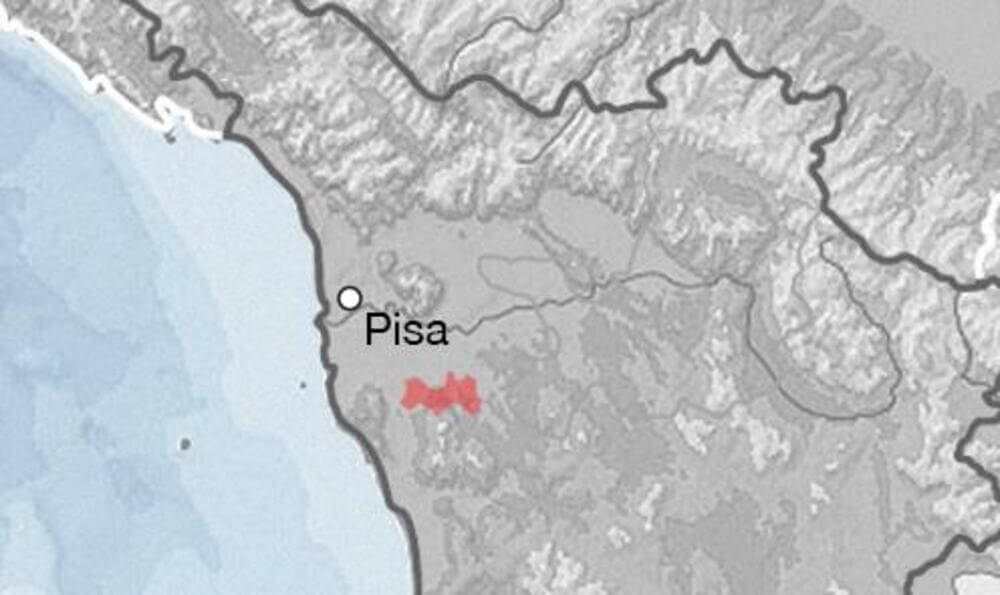 Image 1: Production area of the Lari PGI cherry.
Image 1: Production area of the Lari PGI cherry.
The particular composition of its agricultural soils, rich in mixed layers of sand, silt and clay, and the specific thermo-pluviometric regime make the cultivation of the 'Ciliegia di Lari IGP' favourable, naturally giving it a high sugar content that is never below 14° Brix. Overall production is currently around an average annual value of 250-300 quintals in an optimal year.
The PGI project includes numerous cultivars of which as many as 14 are local autochthonous varieties that are registered and protected by the Regional Germplasm Bank as endangered varieties and are also present in the Cesto Pisano list of excellent food and wine products.
These local ecotypes include:
- The Marchiana, defined by many as the queen of Lari, vermilion-red in colour, crunchy and firm, with a robust and strong flavour.
- The Morella, good both fresh and as a base for jams and cakes, dark red in colour, soft and gentle, with a sweetish, fruity flavour.
- The Gambolungo, often used for cakes and jams for its dark red almost black colour, tender and juicy, with an intense, sugary flavour.
.
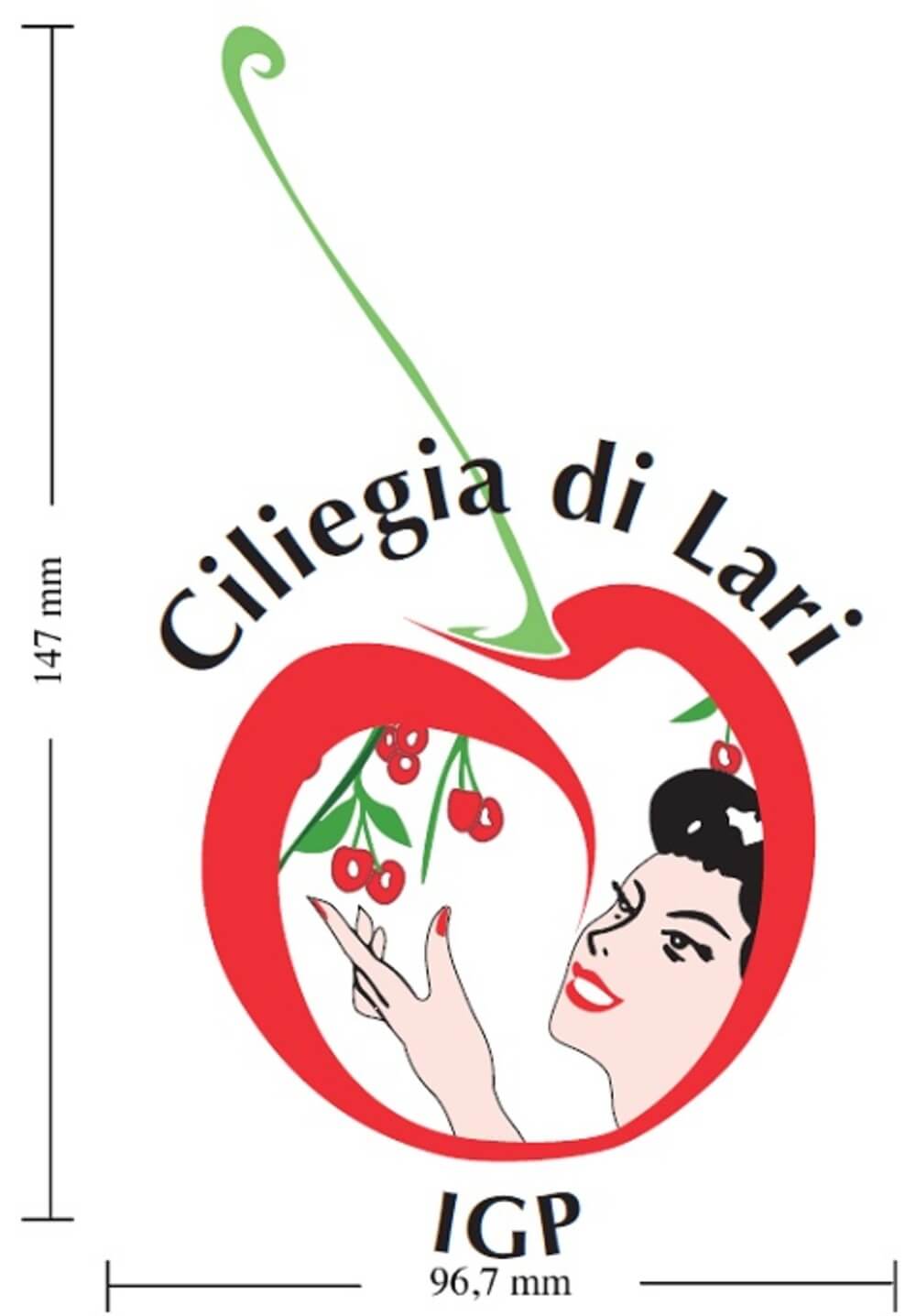
Brief summary of the Production Specification
https://eur-lex.europa.eu/legal-content/IT/TXT/HTML/?uri=CELEX:52023XC0504(01).
Product description
The 'Ciliegia di Lari' PGI refers to the fresh fruit obtained from the cultivation of the following cultivars of the species Prunus avium L. Local ecotypes: Crognolo, Cuore, del Paretaio, di Giardino, di Nello, di Guglielmo, Gambolungo, Marchiana, Morella, Papalina, Orlando, Precoce di Cevoli, Siso, Usigliano.
In addition to these, there are also many other more common ecotypes such as Ferrovia, Giorgia, Bigarreau, etc. (see product specification). (see production specification) The varietal assortment of the PGI Lari cherry is wide and derives from the balanced synthesis made by the producers between the cherry's ability to adapt to the environment and the liking of the consumer, i.e. the consolidated and successful combination of this cherry, the environment and the existing human resources.
Production method
The 'Ciliegia di Lari' PGI may be grown either in specialised or mixed cultivation, with a maximum yield per plant of 150 kg. Cultivation can take place in volume form, with a maximum planting density of up to 625 plants per hectare, or in wall form, with a planting density of up to 1 000 plants per hectare.
The fruit is harvested exclusively by hand, taking care to preserve the stalk, between 1 May and 31 July. The carefully selected fruit must be whole, clean, healthy and free of rot, plant protection product residues and pests.
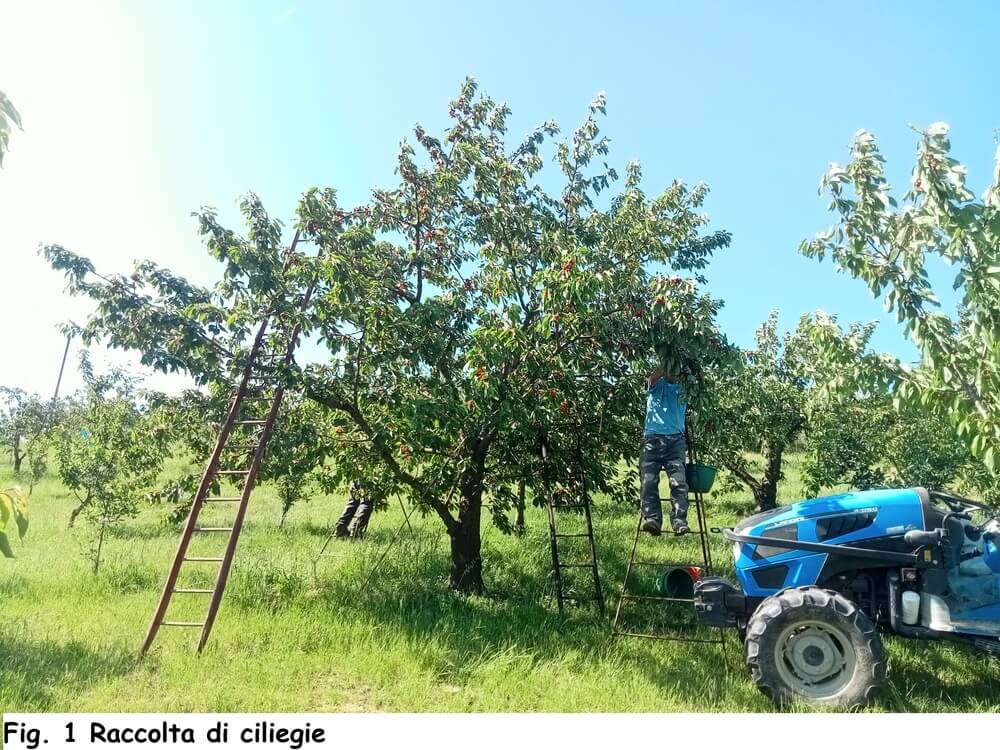
Appearance and taste
The Lari PGI cherry has a naturally sweet and fruity flavour. Its flesh varies from not very firm to very firm, depending on the different cultivar. The skin is shiny and ranges in colour from bright red to dark red. The minimum size is 22 mm, except for local ecotypes for which a minimum size of 13 mm is permitted.
The aim of the Ciliegia di Lari PGI project is to increase cultivation and production, giving space to new production realities and increasing knowledge and protection not only of the fruit but also of its territory, due to its importance in the local ecosystem and the Biodiversity of the Pisan Hills ecosystem.
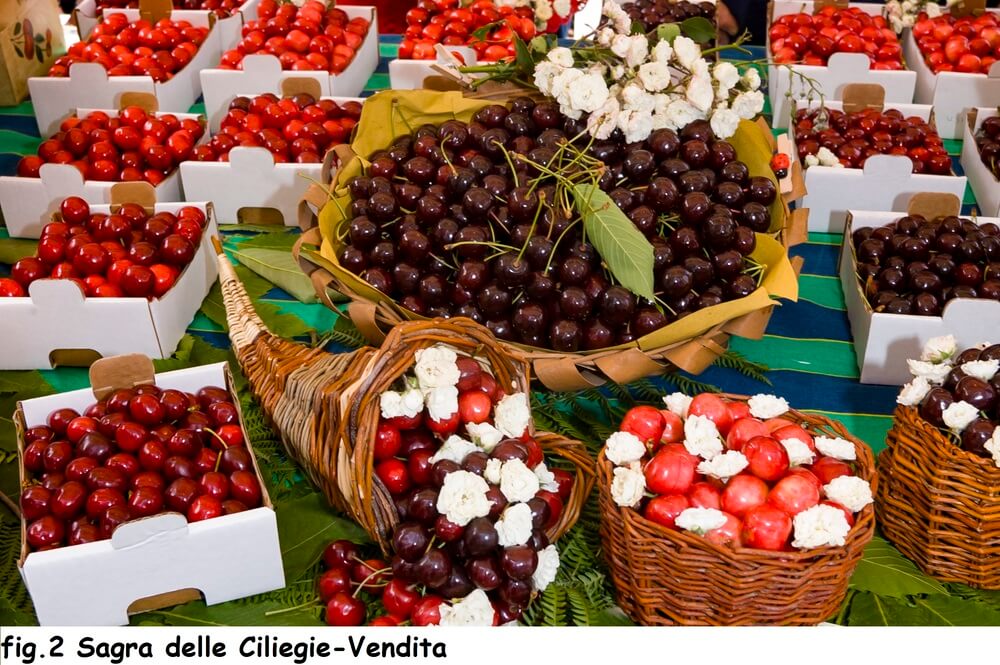
Catia Fantozzi
President of the Committee for the Protection and Promotion of the Lari PGI Cherry (IT)
Cherry Times - All rights reserved








